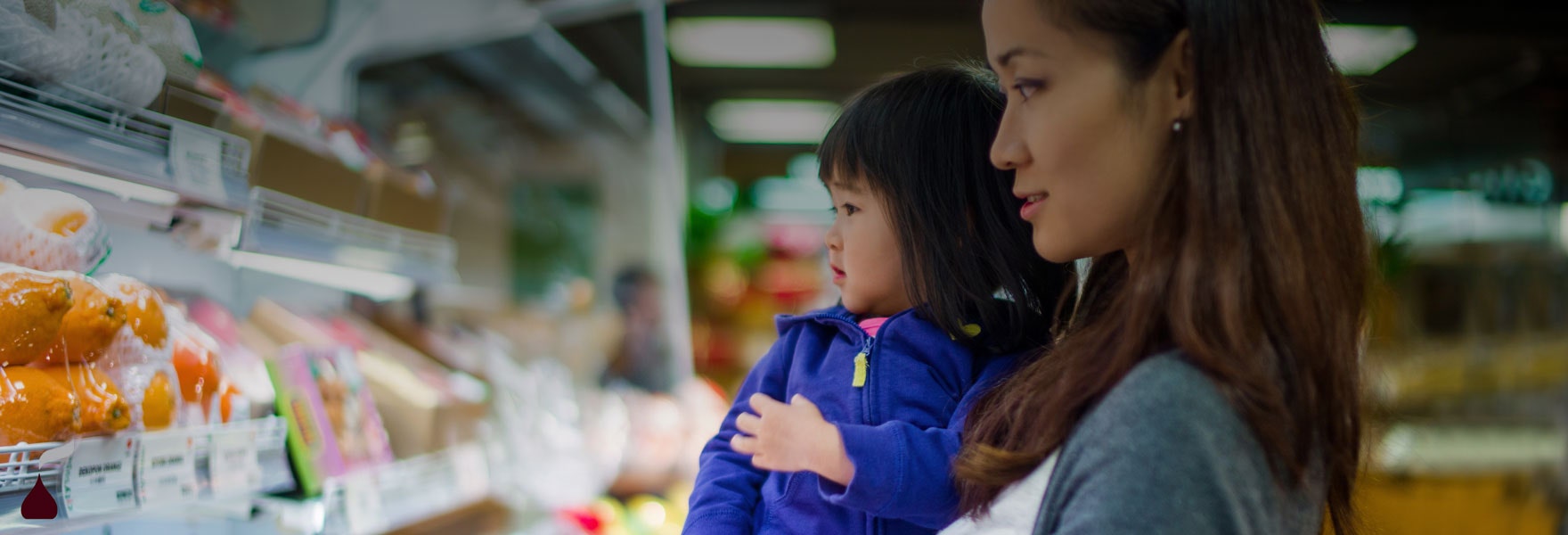Potential Hurdles Online Grocers Will Have to Overcome Before Going Mainstream
Hershey POV: For the Retail Innovation pillar, this article delves into recent research showing many consumers' reluctance to shop for food online. Among the concerns found in the survey data are inability to see "in person" the product being bought; worries about quality and freshness; and high shipping costs. Food companies seeking to expand online sales will be interested in this report.
Over the past couple of years, the question of if online grocery shopping can go mainstream has slowly shifted to a question of when. Indeed, according to a new YouGov report titled Aldi Meets Amazon — Digitalization & Discount Retailers: Disruption in Food Retail, numbers suggest that online grocery shopping sales in the U.S. are expected to grow from $6 billion in 2012 to $30 billion in 2021. While still a fraction of the current $650 billion food-retail market, that would be a 400% increase in under a decade.
But just because something seems likely doesn’t mean it’s inevitable. Additional data from YouGov’s latest report identifies some particular hurdles that companies attempting to break into the online grocery space will have to overcome before the practice becomes as normal as driving to the supermarket is today.
First, consider the price-driven consumer, who values the cost of goods over choice, comfort, or shopping experience when making a purchase decision. These individuals tend to be older with an annual income ranging between $40,000 and $80,000. In total, 55% of price-driven consumers say they know what to buy before they go shopping, and 68% report appreciating companies that have a moral message.
The main concern that price-driven consumers have when it comes to online shopping is the inability to interact with the product in person. Indeed, 68% of them agree with the following statement: “Online shopping is worse because I cannot see or touch/check the products before buying them.” Another concern, voiced by 61% of this demographic, is that they don’t trust the quality or freshness of products bought online. Other objections to online shopping include high shipping costs (57%), enjoyment of visiting a supermarket (56%), and companies monitoring a consumer’s online shopping behavior (53%).

Now consider another group of consumers that online grocers will have to woo before going mainstream: digital pioneers. These individuals tend to be younger men with a slightly higher income than their price-driven peers. Overall, data suggests that 67% of digital pioneers say they buy at online shops where they get the best deal, while 40% do a “big shop” at least once per week.
Some of this group’s problems with online shopping are as follows: 35% find minimum order sizes too large; 34% would miss the social contact of shopping “offline” if they shopped only online; and, in general, 26% of digital pioneers think delivery times tend to be inconvenient for their schedule.

As the two charts above show, price-driven consumers and digital pioneers share some similar concerns about online shopping. Both groups, for example, seem to agree that the negative environmental impact of shopping online bothers them: 33% of price-driven consumers and 29% of digital pioneers.
That said, no two consumer groups are exactly the same, as each have their own unique set of preferences and priorities. For companies hoping to bring online grocery shopping to the masses, knowing how to appeal to each group, while addressing the specific worries and concerns holding them back, will be crucial for moving forward.
This post was written by Ted Marzilli, CEO of BrandIndex. This article was written by BrandIndex from Forbes and was legally licensed through the NewsCred publisher network. Please direct all licensing questions to legal@newscred.com.
